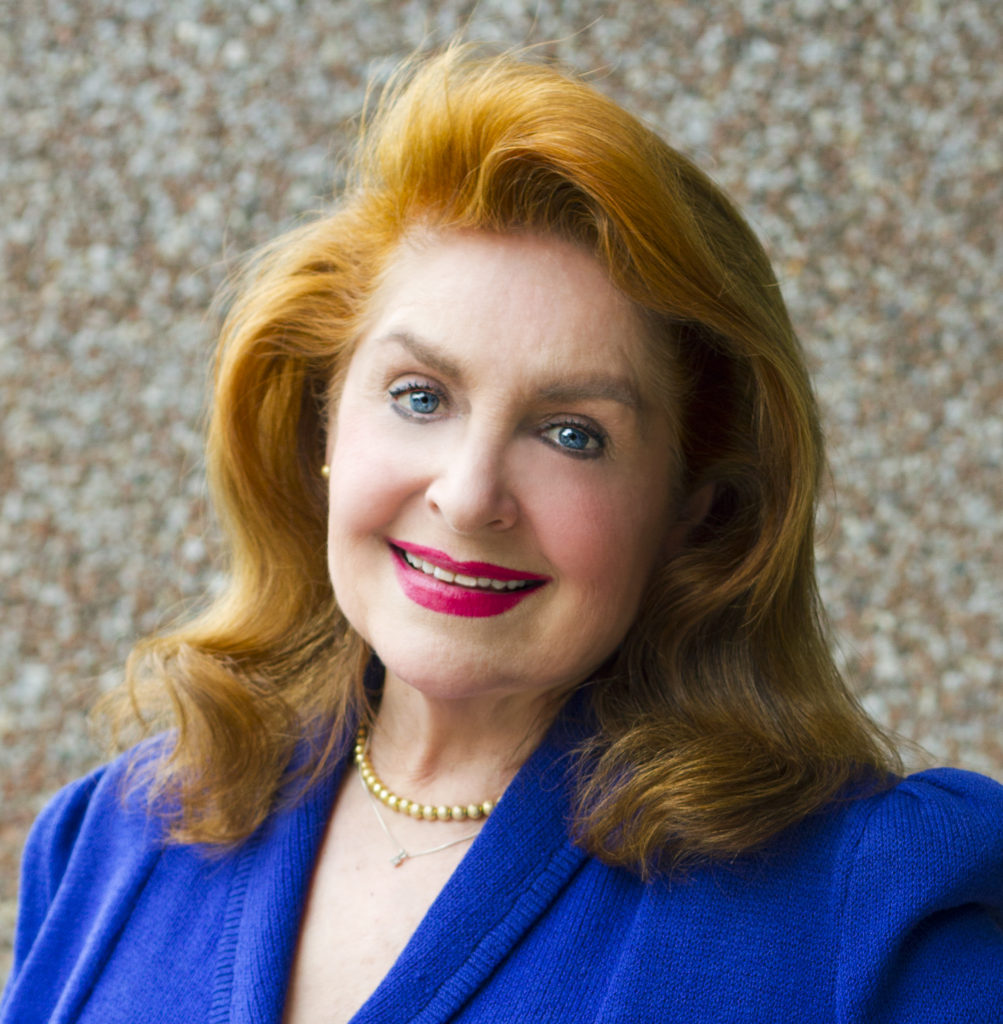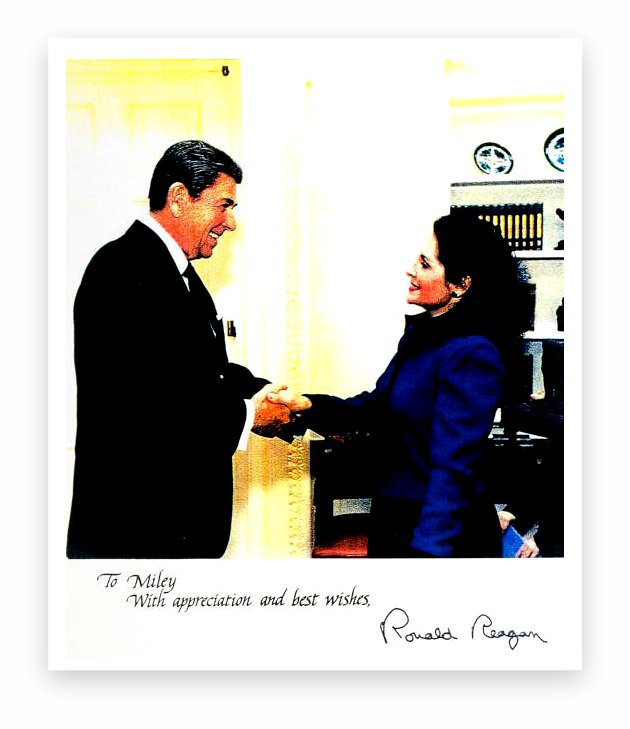Most numismatists know that Miley Busiek, who is now Miley Frost, created the design used on the reverse of the American Gold Eagle for 35 years from 1986 to 2021, known as the Type 1 Reverse. But relatively few know how she came up with that design; why it is so significant for her; and what makes her eagle design different from its predecessors. And fewer still know the story of how a woman who grew up in Beaumont, Texas with no formal art training would become such an important figure in American numismatics.
In the 1980s, as the South African Krugerrand continued to dominate the market for gold bullion coins until the U.S. in 1985 implemented a ban on the importation of the coins because of the country’s policy of racial segregation, members of the United States Congress were interested in having the U.S. issue its own gold bullion coins.
After passing the bill that created those coins, which specified only that the obverse “design had to be symbolic of Liberty,” they soon settled on Augustus Saint-Gaudens’ legendary design of Liberty striding toward the dawn of a new day for the obverse of the new American Gold Eagle that previously appeared on the Double Eagle from 1907 to 1933. But for the reverse of the new flagship American bullion coin, they wanted a new and more modern design. Until then American bald eagle motifs on our coinage had always featured a single eagle, typically in a heraldic design such as John Mercanti’s American Silver Eagle reverse.
Years before this, monumental sculptor Frost who had already created some large sculptures in Washington, D.C., had listened to Ronald Reagan’s 1980 acceptance speech for the GOP nomination for presidential candidate at that year’s GOP National Convention. In the speech Together, a New Beginning, Reagan spoke of the importance of the American people coming together as a family to work towards achieving the common good of the nation to address the many economic and other problems the nation faced at the time. This could be achieved in his view with private sector initiatives to help Americans achieve common goals.
Birth of a Family of Eagles Design
Miley liked this idea, which inspired her to create a sketch of a family of bald eagles intended to represent the American nation as a family. The artist created a sculpture based on this design, which was selected as the official commemorative for Reagan’s first inaugural. Miniature versions of the sculpture were given President Reagan as gifts to the former hostages held in Iran.
Around this time, she learned that the U.S. Congress was working to get a new bill approved to create an American gold bullion program as an alternative to other world bullion gold coins. That led her to connect the family of eagles idea and the sculpture of it to the new coin program, which would be an amazing way to demonstrate to the world the values that we stand for.
Miley offered her design to Treasury officials for use on any coin, but they explained it would first need congressional approval. She then set about using the connections she had in Washington, DC and developing bipartisan support for the idea back in her home state of Texas. For example, she enlisted Tom Landry, longtime coach of the Dallas Cowboys and Joe Gibbs, coach of the Washington Redskins. With various letters of approval for her concept in hand, she went to DC to lobby Congress.
The passage of sanctions on South Africa, including the Krugerrand ban, in 1985, provided the key catalyst for passage of the bill creating the new gold bullion coin program, which President Reagan signed into law on December 17, 1985 (the American Liberty Coin Act).
The legislation specifically included language stating that the reverse design of the new 1-ounce gold coin (which they also decided to use for the other three denominations) had to feature “a male eagle carrying an olive branch and flying above a nest containing a female eagle and hatchlings,” as her design and sculpture did. Though the bill did not mention her, it was clearly written with her design in mind.
In addition to the great honor of creating the first reverse design for the American Gold Eagle used to strike many millions of gold coins from September 8, 1986 until the middle of 2021, the artist thinks it is even more important because the coins “remind Americans every day of family values”. As she told former U.S. Mint Director Edmund C. Moy when he was preparing his book, American Gold and Platinum Eagles (Whitman, 2014): “The spirit behind this design was to honor our family and America, and this is a time when people need to be encouraged and affirmed – particularly our young people, with so much uncertainty clouding the future. We need to have an optimistic vision of the future.”
In the years leading up to last year’s implementation of a new reverse design for the coin that shows a close-up image of a profile of a bald eagle, the artist was quoted in the press as saying that she did not favor changing the design because the message of the family of eagles concept is still relevant to the country.
Background
Miley Frost grew up in Beaumont, Texas and graduated from Beaumont High School there. It was during those years that she realized how much she appreciated and was interested in art, but she took no formal classes then. She did win a competition to design the cover of the yearbook.
After high school she studied early childhood development and took one art class at an evening community school in Dallas. Beyond that she is a self-taught artist and sculptor, who has had an impressive career as a monumental sculptor just as was the case with most of the great American coin designers of the past like Adolph Alexander Weinman and Saint-Gaudens.
She has received major sculptural commissions from government agencies, educational institutions and private clients. For example, she created a huge sculpture of three mustang horses running wild for the campus of Southern Methodist University in Dallas, where the mustang is the school mascot. She created a sculpture of the presidential seal for the George W. Bush Center in Dallas; a large bronze monument called “Peace through Strength” in Arlington, Virginia; and works for the Reagan Presidential Library and the Museum of American History of the Smithsonian.
She also worked in Germany creating a monument that honors the many Germans who protested peacefully in 1989, which helped lead to the fall of the Berlin Wall.
Frost’s family of eagle design will long be remembered for its originality and for the message it conveys of Americans helping each other because we are all part of the same American family – which resonates strongly especially today when so many Americans are divided from each other.
< Jennie Norris | Renata Gordon >



